Over the next three years, the United States is projected to tear down 25.5 GW more fossil‑fuel generating capacity than it will construct, according to a release from the Sun Day Campaign, while “high‑probability” additions from renewable sources will reach about 113.7 GW.
A review by the Campaign of the Federal Energy Regulatory Commission’s latest Energy Infrastructure Update shows that solar photovoltaics supplied nearly 75% of all new generation added in January and February, while solar alone has led monthly capacity additions for 18 straight months.
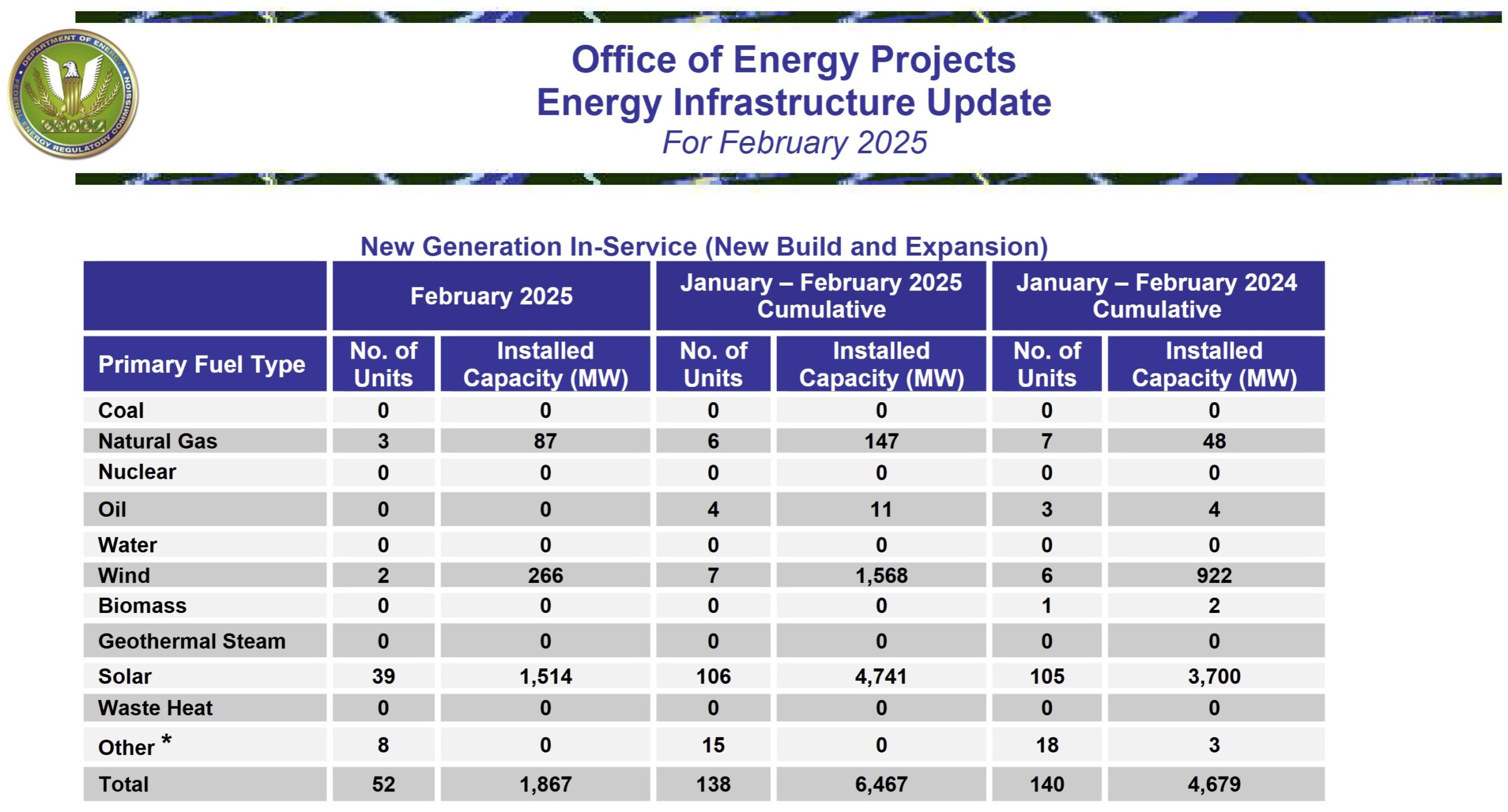
Solar’s share of U.S. electricity generation has also risen every month during that span, while the industry installed approximately 90 gigawatts of new capacity.
In February, developers placed 39 utility‑scale solar facilities online, totaling 1.5 GWac and 81% of all capacity commissioned that month. Two wind projects added 266 MW, pushing the renewable share to 95.3%. Developers also energized 87 MW of natural‑gas capacity.
The future
FERC’s three‑year outlook lists about 89 GW of new utility‑scale solar as “high probability,” nearly 80% of all capacity expected to be built. Wind ranks second at almost 23 GW.
During the same period, coal and oil capacity is projected to fall by almost 25 GW and just over 2 GW, respectively. Offsetting some closures, small gas additions of 1.5 GW leave fossil‑fuel capacity with a net loss of 25.5 GW during the same period. In fact, the United States hasn’t built any ‘net new’ fossil generation capacity going all the way back to the early 2000s.
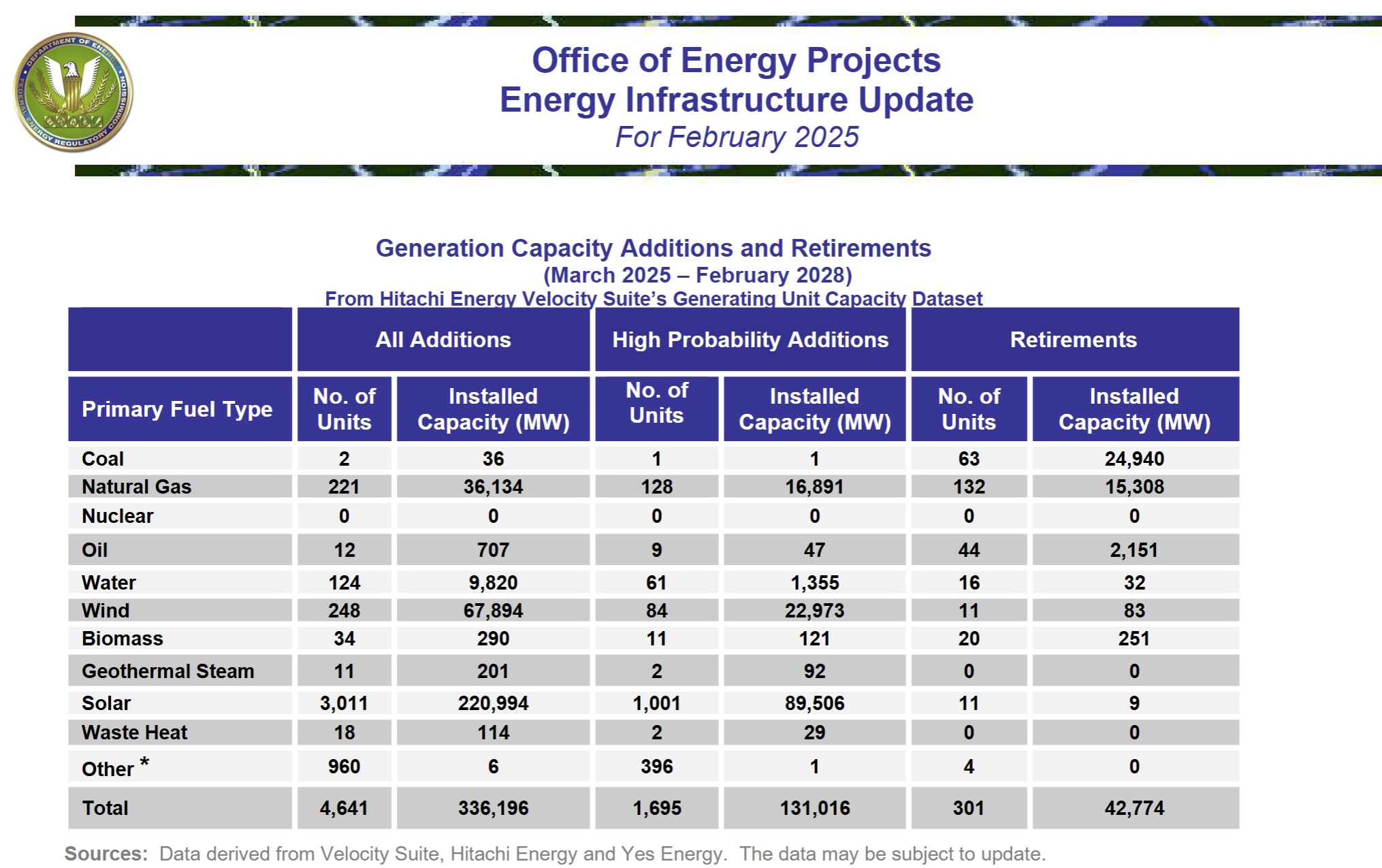
Per Sun Day’s Ken Bossong:
Thus, adjusting for the different capacity factors of gas (59.7%), wind (34.3%), and utility-scale solar (23.4%), electricity generated by the projected new solar capacity to be added in the coming three years should be at least 20 times greater than that produced by the new natural gas capacity while wind’s new electrical output would eclipse gas by eight-fold.
If FERC’s forecast holds, utility‑scale solar will supply roughly 16% of U.S. generating capacity by March 2028, trailing only natural gas. Wind and solar together now account for just over 22.5%. Within three years they are projected to reach 29%.
While not covered in either the FERC or Sun Day reports, energy storage is on the rise – and is now the second largest ‘capacity’ being deployed on the power grid.
This content is protected by copyright and may not be reused. If you want to cooperate with us and would like to reuse some of our content, please contact: editors@pv-magazine.com.
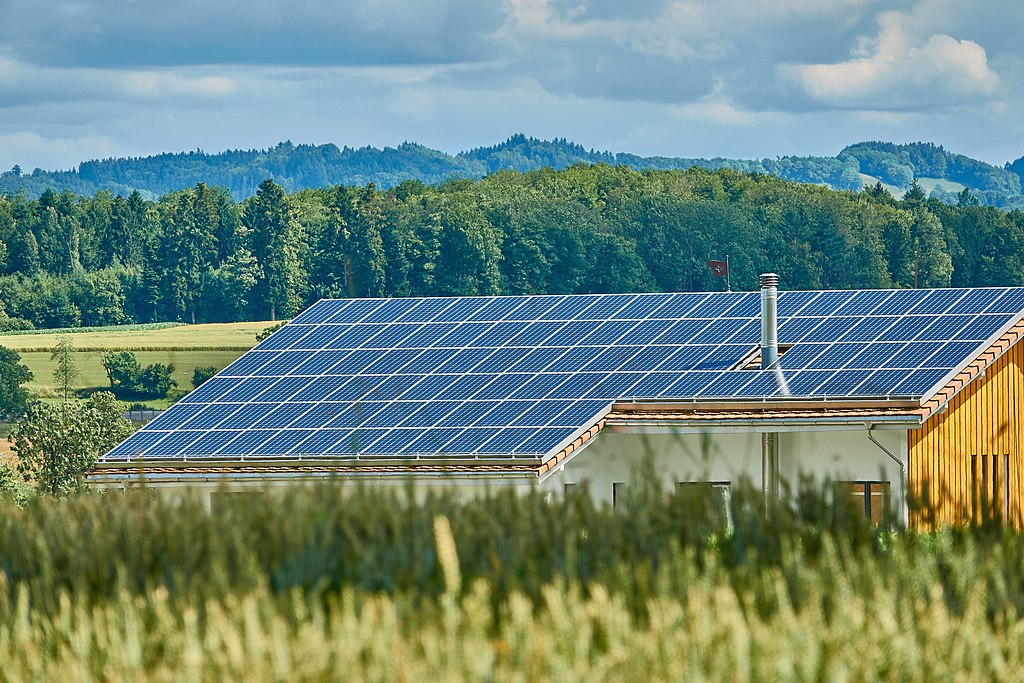
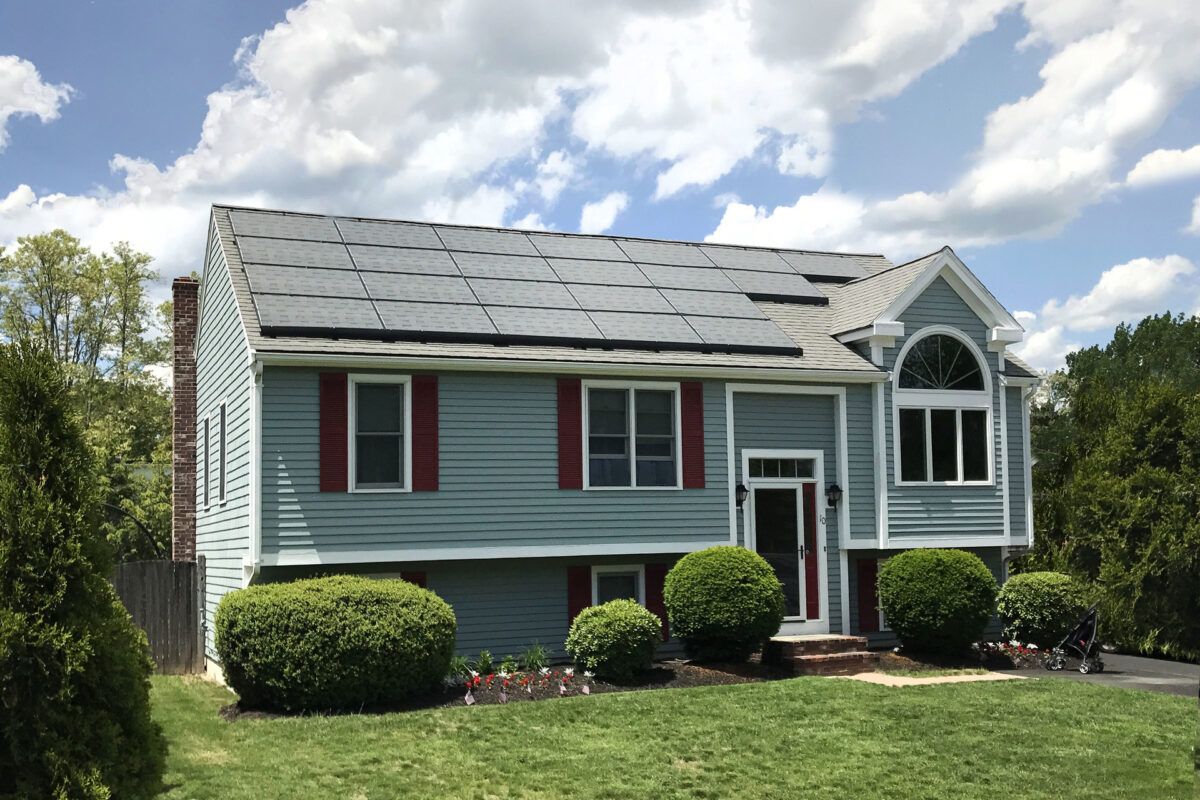


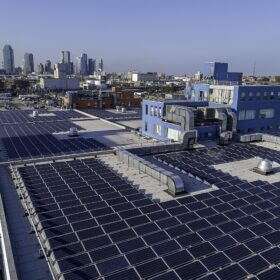
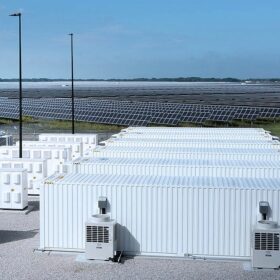


By submitting this form you agree to pv magazine using your data for the purposes of publishing your comment.
Your personal data will only be disclosed or otherwise transmitted to third parties for the purposes of spam filtering or if this is necessary for technical maintenance of the website. Any other transfer to third parties will not take place unless this is justified on the basis of applicable data protection regulations or if pv magazine is legally obliged to do so.
You may revoke this consent at any time with effect for the future, in which case your personal data will be deleted immediately. Otherwise, your data will be deleted if pv magazine has processed your request or the purpose of data storage is fulfilled.
Further information on data privacy can be found in our Data Protection Policy.